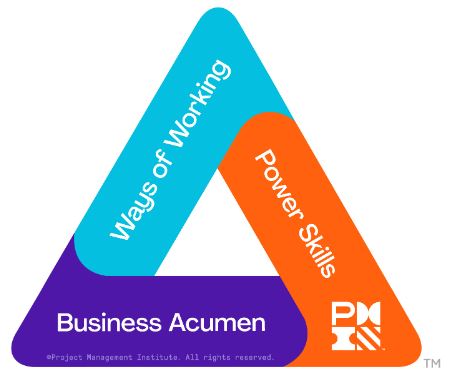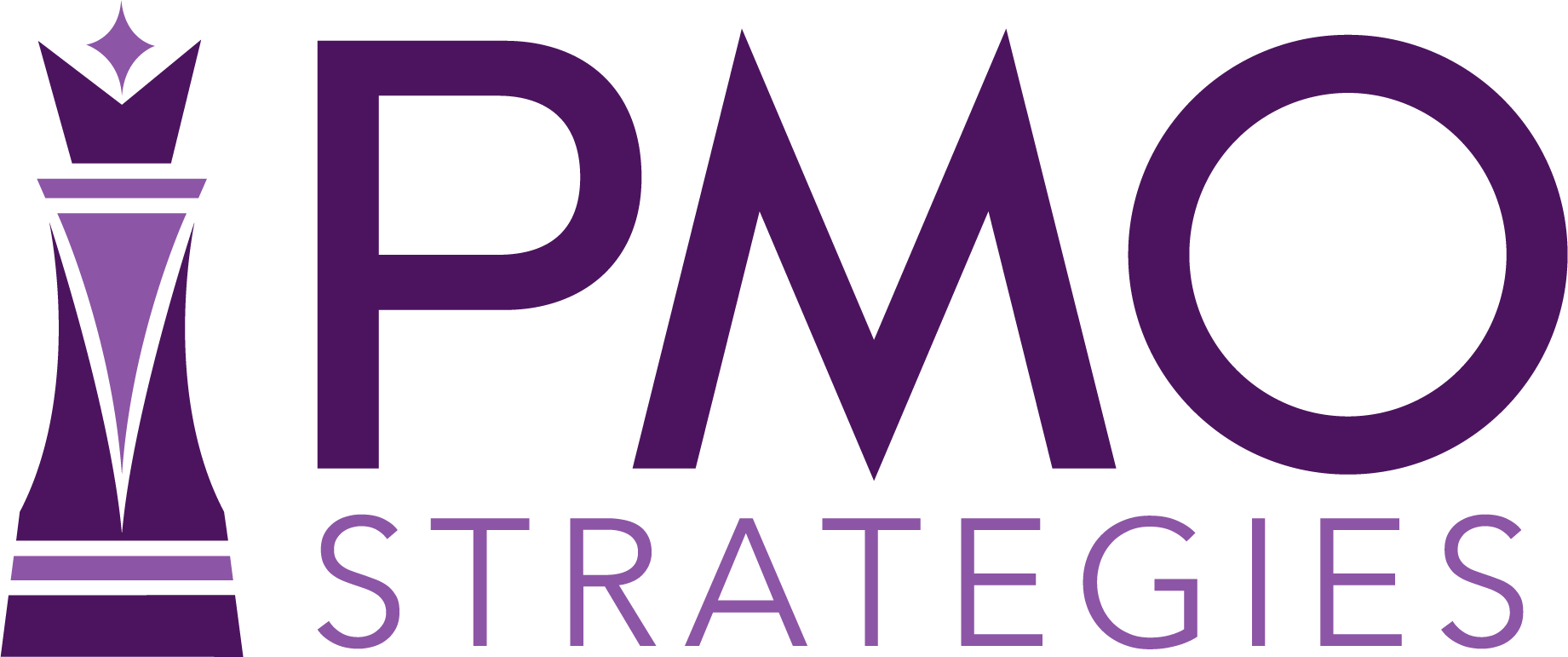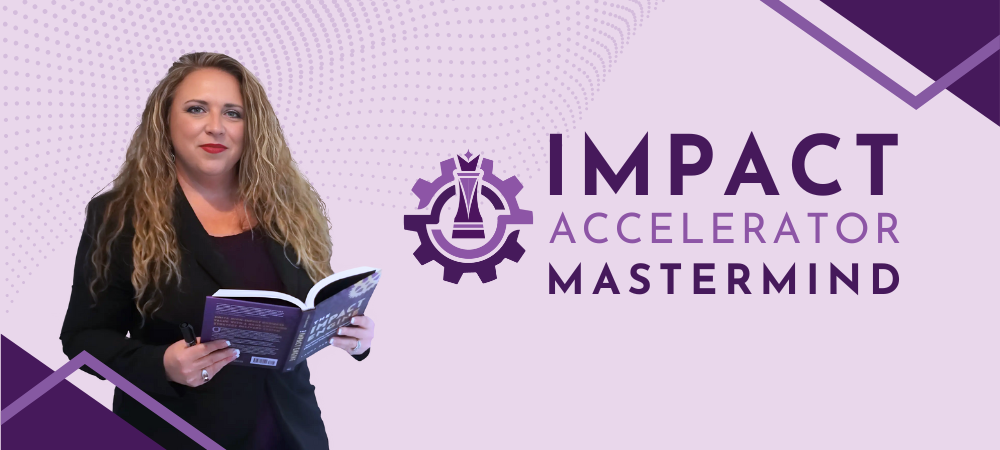Welcome to the PMO Strategies Podcast + Blog, where PMO leaders become IMPACT Drivers!

PMI Talent Triangle: Business Acumen
If execution drives strategy, why are you still waiting for permission to lead it?
You won’t hear that question in boardrooms—but you’ll feel it in how decisions get made, who gets invited, and where the real power sits.
In this episode of the PMO Strategies Podcast, I’m joined by Aina Alive, founder of The PMO Strategy & Execution Hub and lead editor of the Amazon bestseller The Evolution of the PMO: Rise of the Chief Project Officer—a global collaboration featuring insights from 40 thought leaders across six continents.
Aina brings a systems-level mindset to strategy execution, blending deep experience in organizational change with a unique focus on human behavior, emotional intelligence, and the ethical integration of AI into leadership.
And in this conversation, she shares why you were never meant to operate on the sidelines—and how the emergence of the Chief Project Officer (CPO) is reshaping what leadership looks like for modern delivery organizations.
It’s about elevating execution, redesigning your role, and building influence where strategy actually happens.
Signs You’ve Outgrown the Role You Were Given
Before anyone questions the value you bring, the cracks tend to show up somewhere else first. Aina pointed to subtle signals that often surface long before the organization admits the model isn’t working:
Strategic exclusion: If you’re not in the room when strategy is shaped, you’re not being seen as a partner. You’re being cast as a service layer.
Role confusion: When leaders ask for speed but bypass governance, it’s not always about urgency. It may be a sign they don’t understand or trust what you actually own.
Reorgs without redefinition: If new structures are rolled out without clarifying delivery roles, you’re not evolving. You’re drifting. And drifting kills momentum.
Spotting these signs early gives you the leverage to redesign expectations, reposition your role, and advocate for the kind of leadership the work now demands.
Why You Need a New Seat at the Table
You’re doing more than coordinating work. You’re translating strategy, guiding execution, and driving outcomes across the business.
But too often, your influence ends where the real decisions begin.
This is where the conversation starts to shift.
Because when Aina introduces the idea of the Chief Project Officer, she’s not just offering a new job title. She’s naming the leadership space you’re already operating in, even if it hasn’t been clearly owned.
The CPO isn’t a rebrand. It’s a response.
It reflects a growing realization: your value doesn’t come from how efficiently you deliver. It comes from how effectively you align execution with business intent. As strategy becomes more dynamic, and delivery more central to organizational success, the need for a leadership role that bridges both has never been more urgent.
The Chief Project Officer is emerging not to replace you, but to represent you at the level where decisions are made—ensuring you have the visibility, influence, and authority your work already demands.
Lead Like the Role Already Exists
You don’t need a title change to start leading like a Chief Project Officer. You just need to show through how you operate that the PMO is already a strategic engine.
Here are five ways to make that leadership visible now:
1. Show how execution connects to strategy.
Don’t just report on delivery. Draw a clear line between your team’s work and the priorities your executives care about. If it’s not aligned to strategy, say so. If it is, say it with confidence.
2. Speak in business outcomes, not project language.
Translate your updates into terms that land: time saved, risk avoided, revenue gained, or decisions made faster. Make your value clear and concrete.
3. Match your communication rhythm to the business.
If your executives plan quarterly, update quarterly. If they meet monthly, brief monthly. Syncing cadence builds trust and keeps you in the conversation before decisions are made.
4. Teach your team to advocate.
Help delivery teams explain the why, not just the what. Give them the language and clarity to speak about their work in terms of IMPACT.
5. Bring the results forward.
Don’t wait for someone to ask. Whether it’s a summary slide, a quick update in a leadership meeting, or a small win in a team huddle, make the value visible. Visibility is leadership in action.
You don’t need permission to lead this way. You just need to start showing the business what execution leadership really looks like.
This Is the Opportunity You’ve Been Preparing For
You’ve done more than check boxes. You’ve built trust, earned influence, and proven you can lead delivery at a strategic level. Now it’s time to operate like it.
Executives aren’t just looking for someone who gets work done. They’re looking for someone who can lead delivery like it matters—because it does.
This is where you step up.
When you shift from reporting activity to owning alignment, from delivering outputs to driving outcomes, you become more than a project leader. You become the strategic partner they’ve been waiting for.
You’re not just delivering change. You’re showing what execution leadership looks like when it’s built for real business IMPACT.
👉 Click play to hear how the Chief Project Officer mindset helps you lead with clarity, drive results with confidence, and earn the influence your work already deserves.
 Connect with Aina
Connect with AinaGrab the book The Evolution of the PMO & Rise of the Chief Project Officer
Visit BeeAgile’s website
Check out The PMO Strategy and Execution Hub
P.S. Lead where strategy happens. The IMPACT Accelerator Mastermind gives you the coaching, tools, and support to stop operating like a support function and start delivering the business outcomes your executives are counting on. Click here to learn more! 🚀
T hanks for taking the time to check out the podcast!
hanks for taking the time to check out the podcast!
I welcome your feedback and insights!
I’d love to know what you think and if you love it, please leave a rating and review in your favorite podcast player. Please leave a comment below to share your thoughts. See you online!
Warmly,
Laura Barnard









